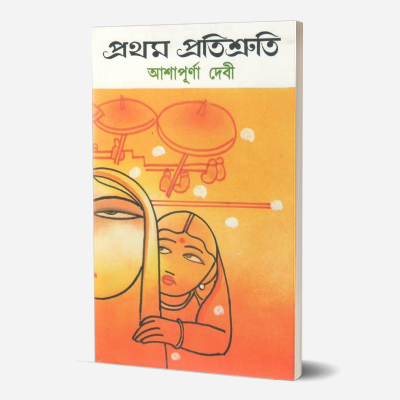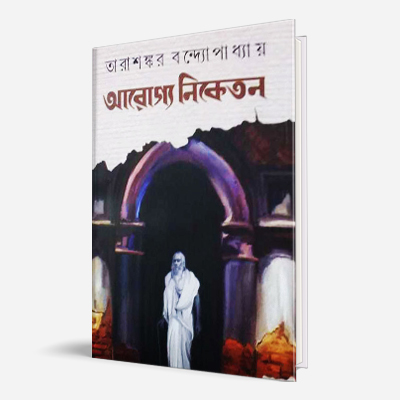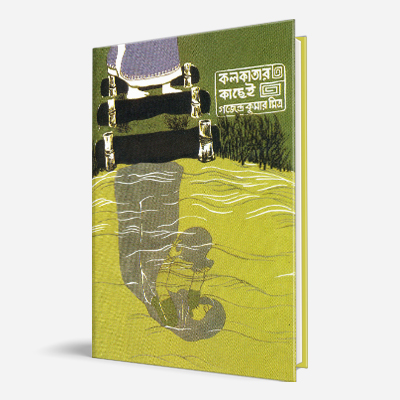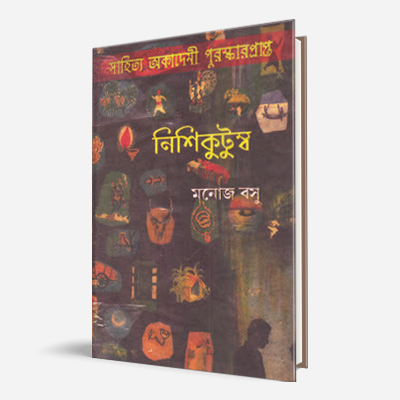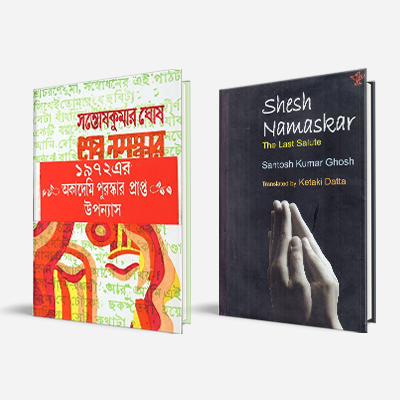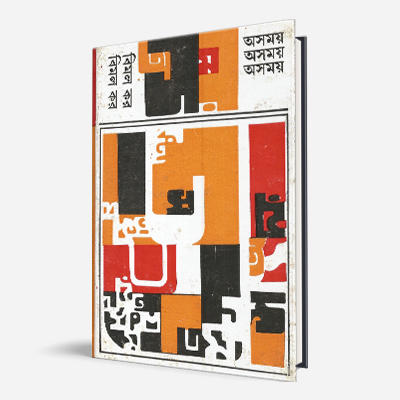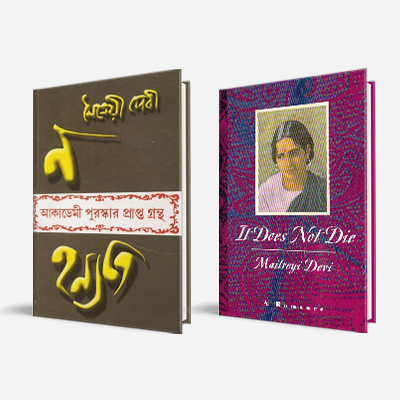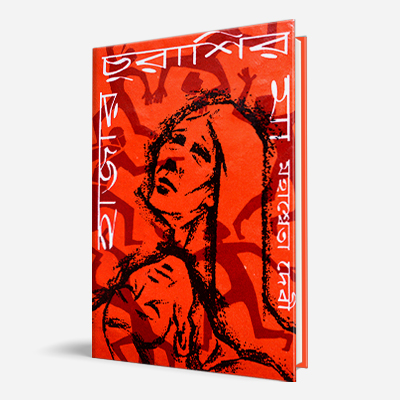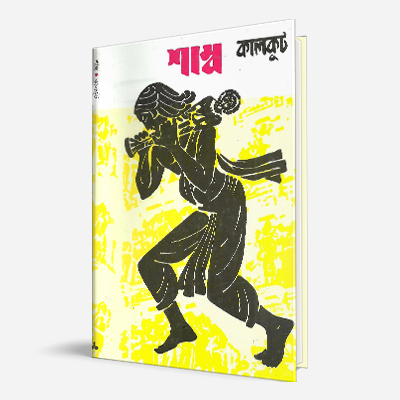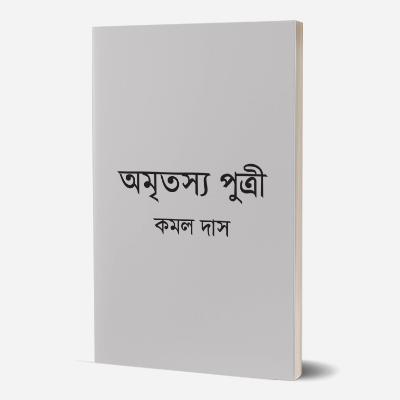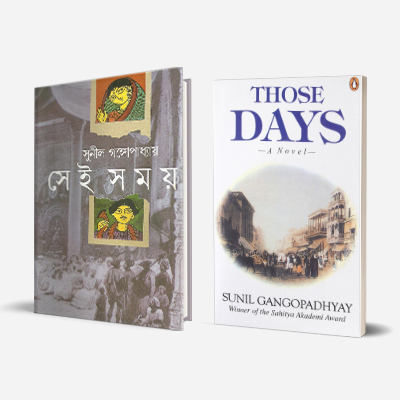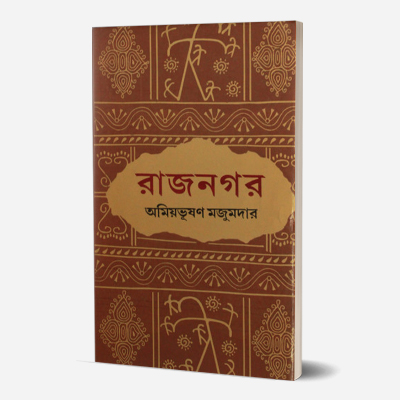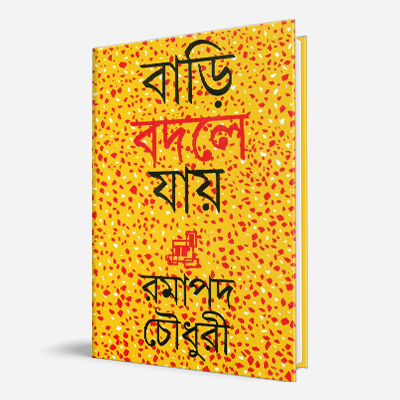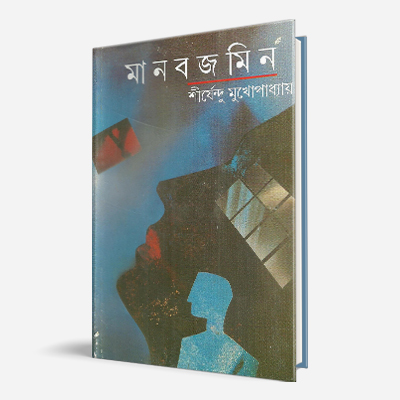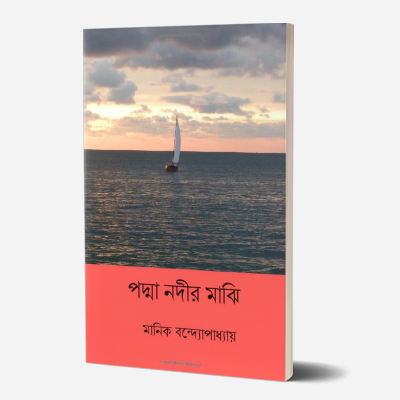Pratham Pratishruti
By Ashapurna Devi
AWARD: Jnanpith Award (1976)
Pratham Pratishruti is the first book of a trilogy, followed by Subarnalata and Bakul Katha. The trilogy covered the life-stories of three generations of women, over the changing rural and urban milieu in Bengal over the twentieth century. In the books, Ashapurna touches on the contradictory expectations from women in contemporary Bengali society. Originally published in 1964, Pratham Pratishruti (translated into English as The First Promise), tells the story of firebrand Satyabati who was given away in marriage at the age of eight to maintain the social norms, and was kept under the strict surveillance of Brahmanical regulations. Satyabati—the eternal truth seeker—refused to conform to her prescribed fate as an ‘oppressed subject’ and fiercely fought against family domination, psychological violence of the kulin polygamy system and misogynistic prejudices. She was not aware that she was creating history, yet her tenacious efforts empowered the third generation of women in her family to stride ahead with confidence. Ashapurna, through Satyabati, lifts the veil of the prevalent double standards in Bengali society as well as the ignored interior spaces overshadowed by the ‘larger than life’ political conflicts, against the backdrop of pre-independent India’s anti-colonial struggle and constructs women’s demands around women’s domestic, beyond the domestic and issues regarding domestic and a rallying cry against patriarchal injunctions to create awareness about the need for developing self-responsibility for transformative justice.
“Just tell me why you’ve opened your courts of justice?… There are heaps of sins that have collected over centuries. If you can rid us of those, only then would I say that you deserve to be law-makers. Why have you taken on the guise of ruler in another’s land? Why can’t you just huddle into your ships and leave?”
—Satyabati
About the Author
Ashapurna Debi (1909–1995), was a prominent Bengali novelist and poet. At the beginning of her writing career, Ashapurna wrote only for children. In 1936 she first wrote a story for adults, Patni O Preyoshi, published in the Puja issue of Ananda Bazar Patrika. Prem O Prayojan was her first novel for adults, published in 1944. Most of her writings marked a spirited protest, both for men and women, against the inequality and injustice stemming from the gender-based discrimination and narrowness of outlook ingrained in traditional Hindu society. A stalwart among Bengali writers, Ashapurna Debi was one of those rare authors able to render the voice of an entire culture, to capture its nuances and most abiding traditions with startling precision and formidable insight.
Also read
Subarnalata
This is how Ashapurna herself introduces Subarnalata—‘Apparently, Subarnalata is a life story, but that is not all. Subarnalata is the story of a particular time, a time that has passed, but whose shadow still hovers over our social system. Subarnalata is a symbol of the helpless cry of an imprisoned soul … sociologists write down the history of a changing society, I have merely tried to draw a curve to depict the change.” Subarnalata, published in 1967(translated into English by Gopa Majumdar) is the second volume of the famous trilogy by Ashapurna Debi and is a sequel to Pratham Pratishruti which introduces us to Subarnalata, daughter of Satyabati who was the protagonist of Pratham Pratishruti. Married off at nine, against her mother’s wish, Subarnalata’s days comprise of never-ending tongue lashing of her mother in law Muktokeshi, physical abuse of her husband Kedarnath and her desire to break free from the confines of the four walls of the house. Her support was her daughter Bokul, understanding brother-in-law Ambika and a letter from her mother written long ago encouraging her not to surrender the right to live her life on her own terms. The novel records a moment of reclaiming one’s agency and the much-awaited emancipation from the shackles of endless domestic tyranny and gendered marginalization when Subarnalata finally manages to find time to write her autobiography.
Mittirbari
Set in 1946, when the failure of the Cabinet Mission Plan was making headlines and Calcutta was being torn asunder by the frenzied outbreak of communal riots, Ashapurna Debi’s novel Mittirbari (The House of the Mitras), published in 1947, is an important aesthetic intervention to understand the family as a site of ideology formation and identity construction. The novel focuses on the interlocking engagements between the antithetical binaries—the private and the public, the old and the new—as the conservative middle-class values upheld by the joint family system clash with a new individualistic sensibility and transformed gender-relations. They emerge as the hallmarks of changes inscribed in the social and familial sphere by the political catastrophes. By foregrounding the meaning and range of freedom in the context of women’s subjectivities, the novel also becomes a thought-provoking meditation on how the possibilities of freedom in the emerging nation-state can be predicated upon reverberations of violence.
